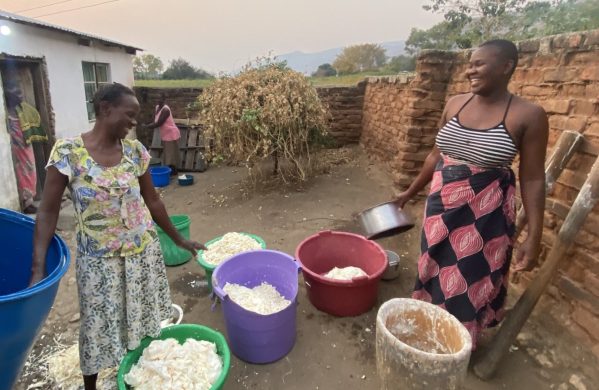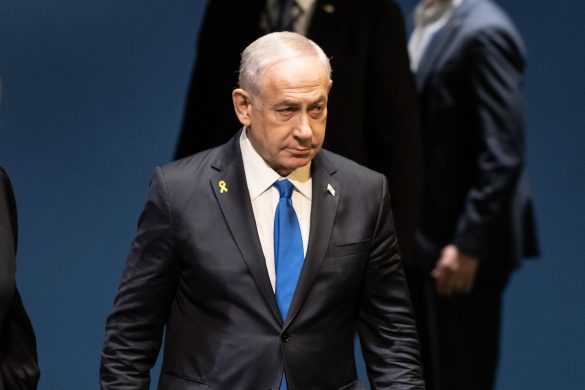Efter årtier med kritik af angivelig dybt ineffektiv akut fødevarehjælp til nødlidende, fordi den SKAL være købt i USA og transporteret på amerikanske køretøjer, tager præsidenten i nogen grad et opgør med tre mægtige interessegrupper, kaldet “Jerntrekanten”.
JOHANNESBURG, 11 April 2013 (IRIN): In a major development, President Barack Obama has proposed an end to the sale of US food aid in developing countries, and replacing this with options for buying food locally and cash transfers – among other radical reforms to the system.
USAID (Amerikas Danida) has accounted for more than half of the world’s food aid every year for decades.
The President’s budget, tabled on Wednesday, ends years of US reliance for food aid out of its agriculture surpluses. However, NGOs have been asking for removing the requirement to buy most of the emergency food aid in the US and transporting it on US vehicles to reduce costs and save time.
This has been met with stiff resistance from various interest groups.
In a compromise move to ensure the proposals garner much-needed support in Congress and improve efficiency, the Obama administration has proposed allowing around 45 percent of emergency aid to be bought locally, and using the funds for cash transfers or food vouchers (madkuponer).
But 55 percent of emergency food aid would still be bought in the US.
“More efficient and flexible”
Emergency food aid – 1,4 billion dollar worth – forms a substantial chunk of the total US food aid assistance package of 1,8 billion.
“The changes make the food aid system more efficient and flexible, and will help feed four million more people every year”, said Rajiv Shah, the administrator of the US Agency for International Development (USAID) in an address to a forum at the Centre for Strategic and International Studies (CSIS) Wednesday.
Of the 1,4 billion dollar for emergency assistance, 1,1 billion will be provided to International Disaster Assistance (IDA) for emergency food response in times of crises, which could be ongoing.
The 2014 budget creates a new Emergency Food Assistance Contingency Fund worth US$75 million – roughly five percent of the total emergency food aid allocation of 1,4 billion dollar – allowing USAID to provide emergency food assistance for “unexpected and urgent food needs worldwide”.
It will also have various aid options – cash assistance, purchasing food locally, or food vouchers – according to details posted on the USAID website.
The remainder of the funds goes towards development assistance to address chronic food insecurity.
“Inexcusable”
Rajiv Shah said existing food aid restrictions denied the US government the flexibility to provide cash transfers that could have prevented Somali children from slipping into severe malnutrition.
“Inefficiency was inexcusable“ in the country’s efforts to “accomplish something so profound as helping people in need,” he noted.
Various studies – from the US Government Accountability Office (GAO), an independent investigative arm of Congress, to Cornell University – have pointed out that millions of US taxpayers’ dollars are wasted because of inefficiencies in the existing food aid system.
There have been several attempts to fix the system. The George Bush administration, pushed by former USAID administrator Andrew Natsios, called for similar reforms but failed to get the necessary support in Congress.
Reforms have usually faced tough opposition from a lobby referred to as the “iron triangle”, comprising agribusiness, the shipping sector, and some development organizations and NGOs.
But food aid experts, NGOs and think-tanks, who have all welcomed the Obama administration’s efforts, are more optimistic this time.
The problems
Læs videre på
http://www.irinnews.org/Report/97833/Obama-proposes-end-of-monetized-food-aid














